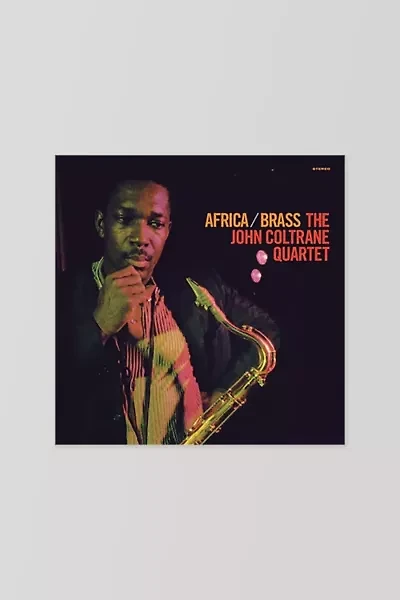Home
Evenings at the Village Gate: John Coltrane with Eric Dolphy
Barnes and Noble
Loading Inventory...
Evenings at the Village Gate: John Coltrane with Eric Dolphy
Current price: $17.99

Barnes and Noble
Evenings at the Village Gate: John Coltrane with Eric Dolphy
Current price: $17.99
Loading Inventory...
Size: CD
*Product information may vary - to confirm product availability, pricing, shipping and return information please contact Barnes and Noble
Recorded in 1961,
Evenings at the Village Gate: John Coltrane with Eric Dolphy
showcases the legendary saxophonist's quintet during their monthlong residency at the storied Greenwich Village nightclub. Along with
Dolphy
on alto saxophone, bass clarinet, and flute,
Coltrane
's group here features his classic lineup of pianist
McCoy Tyner
, bassist
Reggie Workman
, and drummer
Elvin Jones
. This is the same group that would go on to record such landmark albums as 1961's
Ole Coltrane
, 1961's
Africa/Brass
, and appear together on 1961's
Live! at the Village Vanguard
. Recorded on a single ribbon microphone by future
Nina Simone
and
Bob Dylan
engineer
Richard Alderson
, the album was never intended to be released as a professional recording. Primarily,
Alderson
(who was in his early twenties at the time and working as a soundman for the club) wanted to check the room's sound and try out his new microphone. The recording would eventually make its way into the vast archive of The New York Public Library for the Performing Arts, where it would be largely forgotten before eventually being rediscovered. While the sound itself is not as robust as the later Vanguard recordings, it still delivers an exciting fly-on-the-wall atmosphere, capturing the group at the apex of their transition from hard-driving modal jazz to the more avant-garde, harmonically free approach
would embrace by the middle of the decade. Much of this transition was brought on by
, whose wide, intervallic style and adventurous harmonies had a strong influence on
, which can be heard from both players throughout the recording. Most interesting is their take on "My Favorite Things," which
recorded a year prior for his album of the same name and which became somewhat of a radio hit. Where that original recording found
interpolating the melody to a degree, here, he pushes the song to ever more bold heights, utilizing spiraling multi-note runs and throaty, atonal smears. Equally exploratory atmospheres mark the group's take on "Impressions," a regular song in
's live shows that he leaps into here with a wild abandon. It's also easy to imagine just how unusual and distinctive
must have sounded to audiences at the time. This is especially evident when he takes the bass clarinet lead on "When Lights Are Low," playing the melody with a stark soulfulness in a style reminiscent of
Sonny Rollins
before launching into a solo that quickly frays the harmonic edges of the lyrical standard. Tragically, within six years after this recording, both
would be gone. Despite the understated and lo-fi nature of the recording,
Evenings at the Village Gate
is a testament to their profound artistry and creative synergy. ~ Matt Collar
Evenings at the Village Gate: John Coltrane with Eric Dolphy
showcases the legendary saxophonist's quintet during their monthlong residency at the storied Greenwich Village nightclub. Along with
Dolphy
on alto saxophone, bass clarinet, and flute,
Coltrane
's group here features his classic lineup of pianist
McCoy Tyner
, bassist
Reggie Workman
, and drummer
Elvin Jones
. This is the same group that would go on to record such landmark albums as 1961's
Ole Coltrane
, 1961's
Africa/Brass
, and appear together on 1961's
Live! at the Village Vanguard
. Recorded on a single ribbon microphone by future
Nina Simone
and
Bob Dylan
engineer
Richard Alderson
, the album was never intended to be released as a professional recording. Primarily,
Alderson
(who was in his early twenties at the time and working as a soundman for the club) wanted to check the room's sound and try out his new microphone. The recording would eventually make its way into the vast archive of The New York Public Library for the Performing Arts, where it would be largely forgotten before eventually being rediscovered. While the sound itself is not as robust as the later Vanguard recordings, it still delivers an exciting fly-on-the-wall atmosphere, capturing the group at the apex of their transition from hard-driving modal jazz to the more avant-garde, harmonically free approach
would embrace by the middle of the decade. Much of this transition was brought on by
, whose wide, intervallic style and adventurous harmonies had a strong influence on
, which can be heard from both players throughout the recording. Most interesting is their take on "My Favorite Things," which
recorded a year prior for his album of the same name and which became somewhat of a radio hit. Where that original recording found
interpolating the melody to a degree, here, he pushes the song to ever more bold heights, utilizing spiraling multi-note runs and throaty, atonal smears. Equally exploratory atmospheres mark the group's take on "Impressions," a regular song in
's live shows that he leaps into here with a wild abandon. It's also easy to imagine just how unusual and distinctive
must have sounded to audiences at the time. This is especially evident when he takes the bass clarinet lead on "When Lights Are Low," playing the melody with a stark soulfulness in a style reminiscent of
Sonny Rollins
before launching into a solo that quickly frays the harmonic edges of the lyrical standard. Tragically, within six years after this recording, both
would be gone. Despite the understated and lo-fi nature of the recording,
Evenings at the Village Gate
is a testament to their profound artistry and creative synergy. ~ Matt Collar
Recorded in 1961,
Evenings at the Village Gate: John Coltrane with Eric Dolphy
showcases the legendary saxophonist's quintet during their monthlong residency at the storied Greenwich Village nightclub. Along with
Dolphy
on alto saxophone, bass clarinet, and flute,
Coltrane
's group here features his classic lineup of pianist
McCoy Tyner
, bassist
Reggie Workman
, and drummer
Elvin Jones
. This is the same group that would go on to record such landmark albums as 1961's
Ole Coltrane
, 1961's
Africa/Brass
, and appear together on 1961's
Live! at the Village Vanguard
. Recorded on a single ribbon microphone by future
Nina Simone
and
Bob Dylan
engineer
Richard Alderson
, the album was never intended to be released as a professional recording. Primarily,
Alderson
(who was in his early twenties at the time and working as a soundman for the club) wanted to check the room's sound and try out his new microphone. The recording would eventually make its way into the vast archive of The New York Public Library for the Performing Arts, where it would be largely forgotten before eventually being rediscovered. While the sound itself is not as robust as the later Vanguard recordings, it still delivers an exciting fly-on-the-wall atmosphere, capturing the group at the apex of their transition from hard-driving modal jazz to the more avant-garde, harmonically free approach
would embrace by the middle of the decade. Much of this transition was brought on by
, whose wide, intervallic style and adventurous harmonies had a strong influence on
, which can be heard from both players throughout the recording. Most interesting is their take on "My Favorite Things," which
recorded a year prior for his album of the same name and which became somewhat of a radio hit. Where that original recording found
interpolating the melody to a degree, here, he pushes the song to ever more bold heights, utilizing spiraling multi-note runs and throaty, atonal smears. Equally exploratory atmospheres mark the group's take on "Impressions," a regular song in
's live shows that he leaps into here with a wild abandon. It's also easy to imagine just how unusual and distinctive
must have sounded to audiences at the time. This is especially evident when he takes the bass clarinet lead on "When Lights Are Low," playing the melody with a stark soulfulness in a style reminiscent of
Sonny Rollins
before launching into a solo that quickly frays the harmonic edges of the lyrical standard. Tragically, within six years after this recording, both
would be gone. Despite the understated and lo-fi nature of the recording,
Evenings at the Village Gate
is a testament to their profound artistry and creative synergy. ~ Matt Collar
Evenings at the Village Gate: John Coltrane with Eric Dolphy
showcases the legendary saxophonist's quintet during their monthlong residency at the storied Greenwich Village nightclub. Along with
Dolphy
on alto saxophone, bass clarinet, and flute,
Coltrane
's group here features his classic lineup of pianist
McCoy Tyner
, bassist
Reggie Workman
, and drummer
Elvin Jones
. This is the same group that would go on to record such landmark albums as 1961's
Ole Coltrane
, 1961's
Africa/Brass
, and appear together on 1961's
Live! at the Village Vanguard
. Recorded on a single ribbon microphone by future
Nina Simone
and
Bob Dylan
engineer
Richard Alderson
, the album was never intended to be released as a professional recording. Primarily,
Alderson
(who was in his early twenties at the time and working as a soundman for the club) wanted to check the room's sound and try out his new microphone. The recording would eventually make its way into the vast archive of The New York Public Library for the Performing Arts, where it would be largely forgotten before eventually being rediscovered. While the sound itself is not as robust as the later Vanguard recordings, it still delivers an exciting fly-on-the-wall atmosphere, capturing the group at the apex of their transition from hard-driving modal jazz to the more avant-garde, harmonically free approach
would embrace by the middle of the decade. Much of this transition was brought on by
, whose wide, intervallic style and adventurous harmonies had a strong influence on
, which can be heard from both players throughout the recording. Most interesting is their take on "My Favorite Things," which
recorded a year prior for his album of the same name and which became somewhat of a radio hit. Where that original recording found
interpolating the melody to a degree, here, he pushes the song to ever more bold heights, utilizing spiraling multi-note runs and throaty, atonal smears. Equally exploratory atmospheres mark the group's take on "Impressions," a regular song in
's live shows that he leaps into here with a wild abandon. It's also easy to imagine just how unusual and distinctive
must have sounded to audiences at the time. This is especially evident when he takes the bass clarinet lead on "When Lights Are Low," playing the melody with a stark soulfulness in a style reminiscent of
Sonny Rollins
before launching into a solo that quickly frays the harmonic edges of the lyrical standard. Tragically, within six years after this recording, both
would be gone. Despite the understated and lo-fi nature of the recording,
Evenings at the Village Gate
is a testament to their profound artistry and creative synergy. ~ Matt Collar
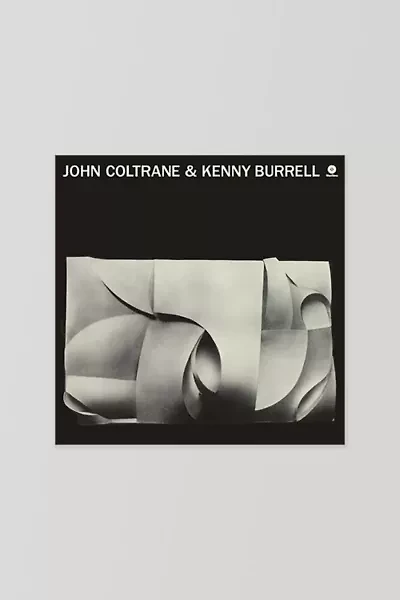
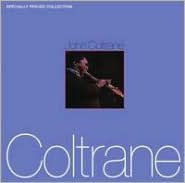
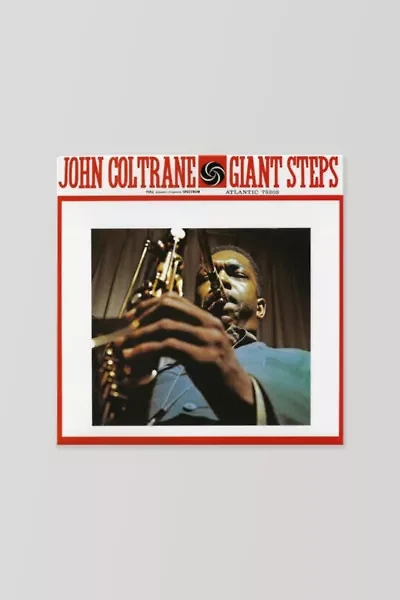
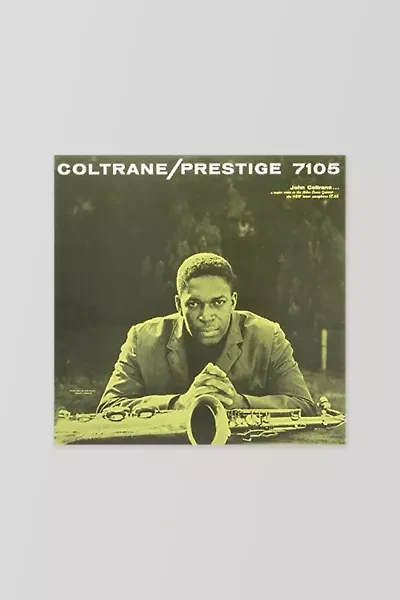
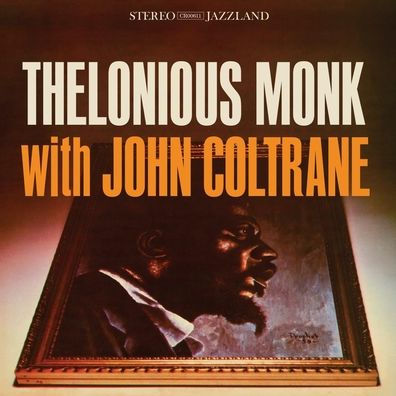
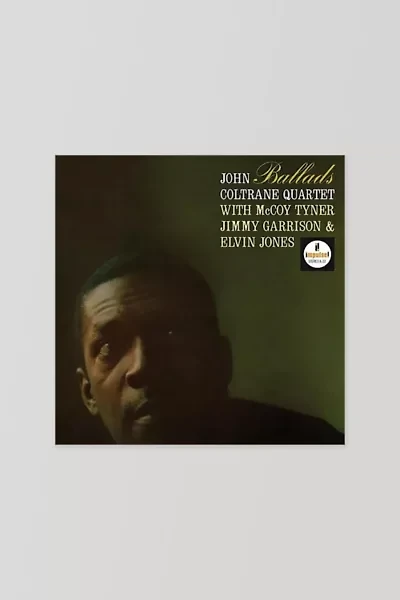
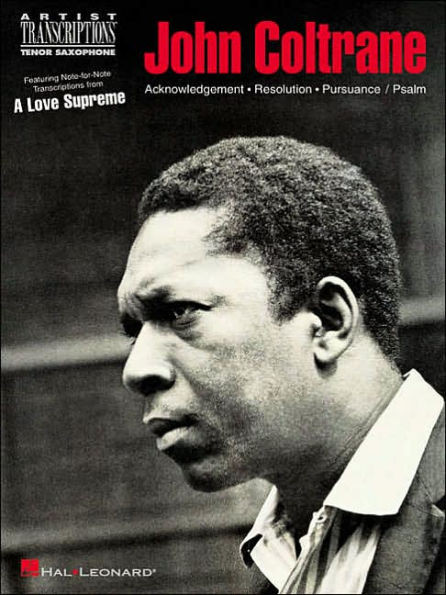
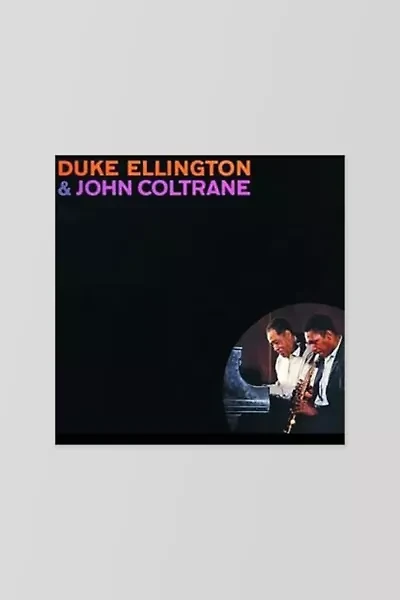
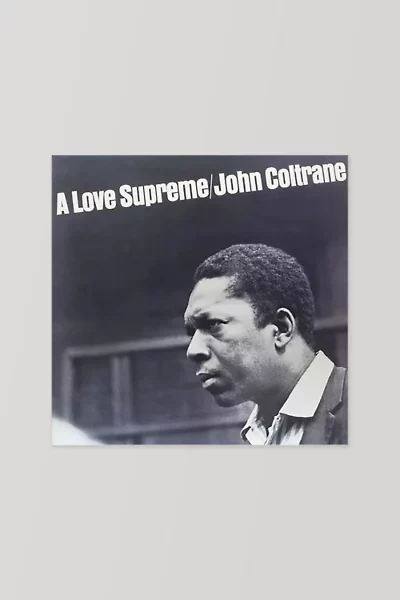
![The Best of John Coltrane [Atlantic]](https://prodimage.images-bn.com/pimages/0075678136627_p0_v2_s600x595.jpg)
